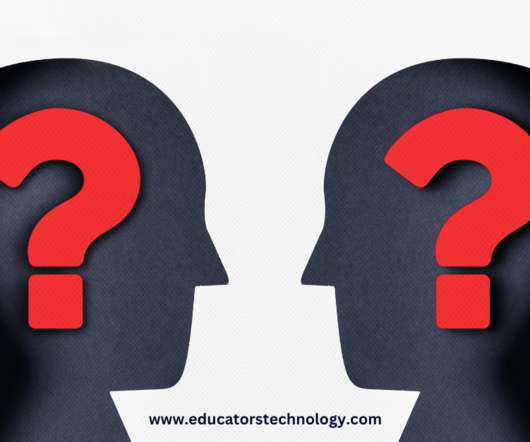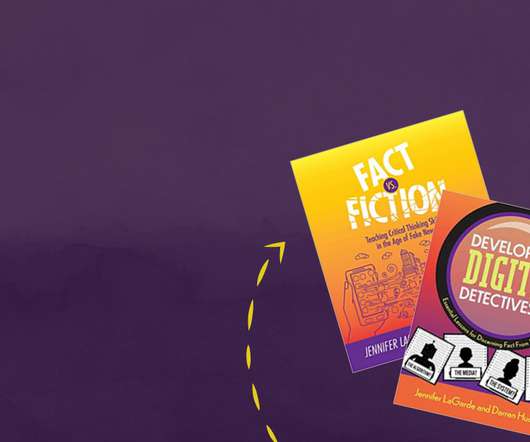The Missing Literacies – Networking to Learn #iste2015
There is no box
JUNE 30, 2015
Silent classrooms. We also used study groups to self organize around a specific course, topic or test. Enter Twitter and the rise of social media. These groups (or Personal Learning Networks) allow for just in time information requests, asynchronous collaboration and archived knowledge bases.














Let's personalize your content